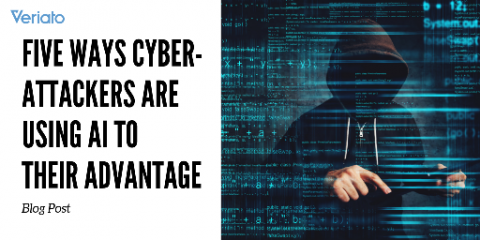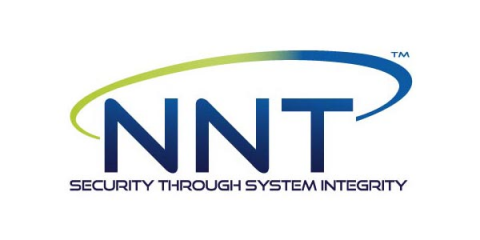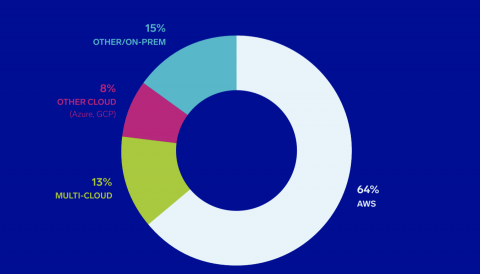Five Ways Cyber-Attackers Are Using AI to Their Advantage
Industries far and wide are raving about all of the ways that artificial intelligence can help transform the world into a more efficient and productive environment. Within cybersecurity, AI is already leaving a lasting impact. Today it is already being used to alleviate the industry's talent shortage by automating processes, increase the accuracy of alerts, minimize false positives in technology, cut down investigation times during incidents, eliminate the need for passwords, and more!










